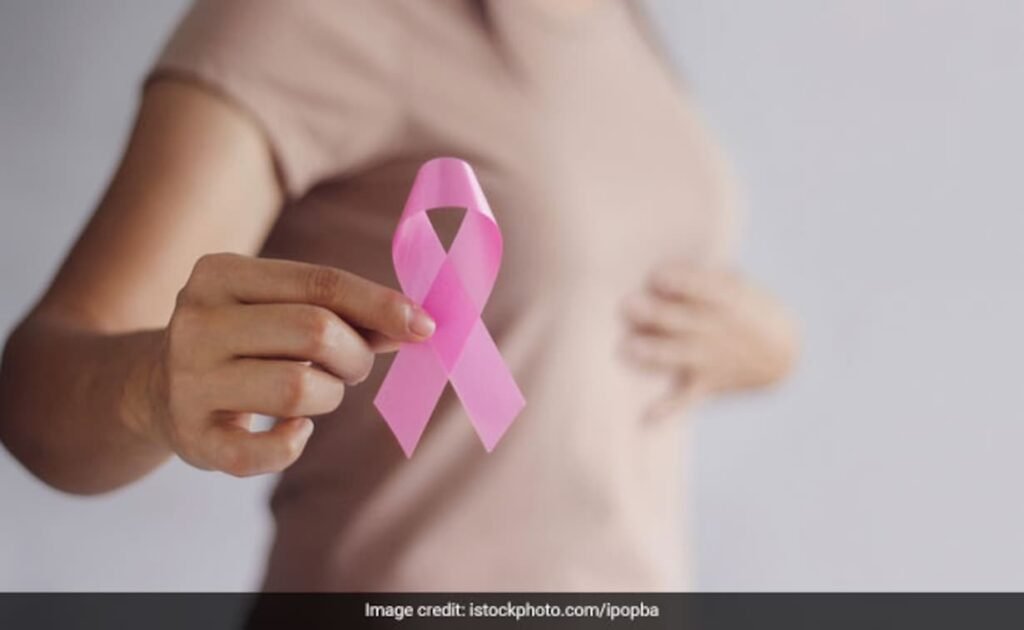Next generation sequencing (NGS) is gaining popularity as an investigative tool for oncologists and the cancer patients they treat. Until the development of NGS, scientists could still examine biopsied tissue for genetic anomalies. However, they could only examine single DNA strands. Through the marvels of NGS, they can now scan thousands of DNA strands at once, making the whole process much more efficient.
Table Of Contents
Genetic Mutations Are Responsible for Some Forms of Breast Cancer
The American Cancer Society estimates that between 5 and 10 percent of all cases of breast cancer may be attributed to genetics. This means a mutated sequence in the patient’s DNA was passed down from a prior generation. Early detection leads to better patient outcomes in most situations, so it’s vital to have as much information as possible, as quickly as possible, for doctors to make informed diagnoses. Next generation sequencing is making this a reality.
Next Generation Sequencing Enables Early Detection of Genetic Mutations
Through the wonders of modern science, doctors can now take biopsied tissue and send it to one of about 11,000 NGS-capable laboratories for sequencing. During this process, specific mutations can be discovered and then targeted for treatment. Many strands of DNA are sequenced simultaneously, which is a huge improvement over traditional methods of laboriously searching one strand of DNA per test. But there are other advantages, too:
- A single test saves time and money over the need for multiple tests.
- NGS is capable of detecting new, previously undiscovered cancer markers.
- The collection and assimilation of new data may lead doctors to make easier and more targeted diagnoses in the future.
More Oncologists Are Using NGS to Diagnose and Treat Patients With Breast Cancer
Research that included breast cancer patients diagnosed between 2014 and 2019 revealed an uptick in the number of doctors using NGS technology. And the increase was substantial — six-fold, in fact, according to data published in JCO Precision Oncology. Results of the study were interesting:
- Patients who battled triple-negative forms of breast cancer were most likely to receive NGS services.
- Tissue- and plasma-based tests were ordered in mostly equal amounts.
- Gene-amplification mutations were detected less frequently than expected.
- Pathogenic mutations were reported more frequently than expected.
The most important takeaway from the study was the discovery that more and more doctors are relying on next generation sequencing to help diagnose and treat patients with breast cancer.
NGS for Breast Cancer Still Has Challenges to Face in the Future
While NGS is proving hugely beneficial to the medical world, the kinks are not all worked out yet. It takes a dedicated and experienced team of medical professionals to interpret the results of this type of genetic testing, and many of the guidelines for genetic testing are out-of-date. In addition, technology is moving forward so quickly that it’s difficult for training and education to keep pace. Still, next generation sequencing has brought hope and healing to thousands of breast cancer patients around the globe, and researchers and oncologists seem inclined to trust the science behind it.
